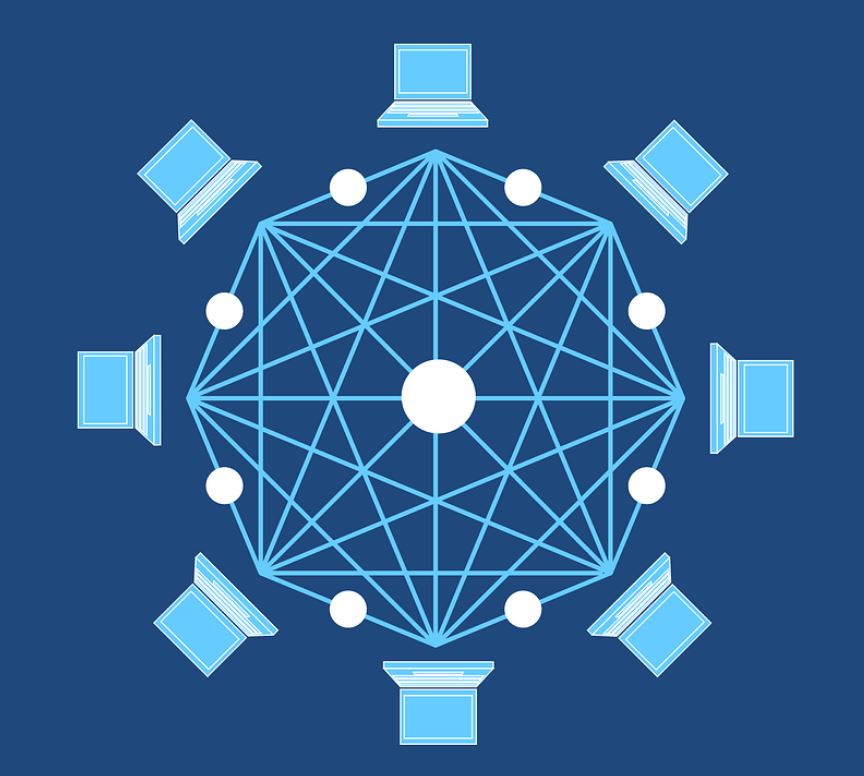
Microsoft is planning to leverage blockchain technology for innovative digital identity management, with a focus on heightened security and privacy.
The tech giant has formulated this plan with the intention to tackle the problem created by an increasing consumer readiness to give away their data combined with the growing risk of data breaches.
In examining this dynamic, Microsoft has explored ways in which decentralised storage systems, blockchains and consensus protocols could provide a decentralised identity system. The goal of this project is to launch an encrypted digital ID hub to take charge of interaction with user data, while factoring in privacy and control.

In a Microsoft post, Ankur Patel from Microsoft’s Identity Division, said: “Today, users grant broad consent to countless apps and services for collection, use and retention beyond their control. With data breaches and identity theft becoming more sophisticated and frequent, users need a way to take ownership of their identity. After examining decentralized storage systems, consensus protocols, blockchains, and a variety of emerging standards we believe blockchain technology and protocols are well suited for enabling Decentralized IDs (DID).”
An array of public blockchains have drawn the attention of Microsoft in tackling this problem, recognising that they can provide the necessary attributes needed to base the system upon.
“To support a vast world of users, organizations, and devices, the underlying technology must be capable of scale and performance on par with traditional systems. Some public blockchains (Bitcoin [BTC], Ethereum, Litecoin, to name a select few) provide a solid foundation for rooting DIDs, recording DPKI operations, and anchoring attestations.”
Global fintech funding passes $122bn in last three years
Starling Bank opens Marketplace doors to FinTech startups
UK cryptocurrency companies launch self-regulatory body
Further explaining the applicability of the public variety of blockchain, the post from Patel said: “While some blockchain communities have increased on-chain transaction capacity (e.g. blocksize increases), this approach generally degrades the decentralized state of the network and cannot reach the millions of transactions per second the system would generate at world-scale.
There are still numerous hurdles in the development process that must be jumped to bring this system into reality, but the theory has the potential to make a major impact.
“The blockchain ecosystem today is still mostly early adopters who are willing to spend time, effort, and energy managing keys and securing devices. This is not something we can expect mainstream people to deal with. We need to make key management challenges, such as recovery, rotation, and secure access, intuitive and fool-proof,” said Patel.






